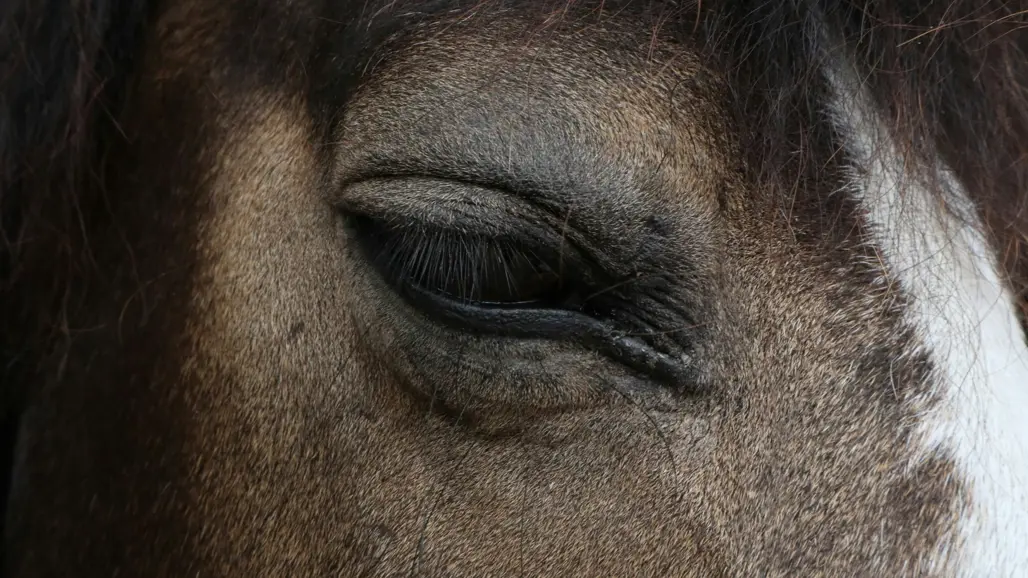
How do horses' facial expressions change with lameness?
When horses suffer orthopaedic injuries, lameness is the most common symptom of orthopaedic pain. Some types of pain, such as severe acute orthopaedic pain, have been linked by researchers to changes in horses' facial expressions. But, does this also apply to mild orthopaedic pain?
The aim of this study was to investigate the facial movements of lame horses in orthopedic pain and how facial movements vary with different degrees of pain. Eight horses with mild to moderate transient hindlimb lameness were studied. The horses' movements were measured with an objective motion analysis system and the changing movement pattern was used to define the degree of pain. The horses were monitored by camera in their stalls and all facial movements during almost 900 minutes of video footage were described using the Equine Facial Action Coding System (EquiFACS).
Several facial movements that were important for detecting orthopedic pain in horses at rest were identified. When horses were in pain, a combination of an asymmetrical ear position (one ear forward and one ear back), a half blink, and movements of the lips were seen. Most of the changes in facial expression could be seen even in mild orthopaedic pain.
The facial expressions of the lame horses were similar to those previously described in other types of pain, but were more dynamic. The results contribute to a better understanding of the complexity of assessing pain in horses and confirm that mild orthopedic pain leads to altered facial expressions. However, more research is needed to detect pain in moving horses and to understand how facial expressions vary with pain intensity.
The study was funded by Formas (project number 2016-01760).
Link to the publication
https://doi.org/10.1038/s41598-023-50383-y
Reference
Ask, K.; Rhodin, M.; Rashid-Engström, M.; Hernlund, E.; Andersen, P.H. Changes in the equine facial repertoire during different orthopedic pain intensities. Scientific Reports 14, 129 (2024).
Contact
-
Person